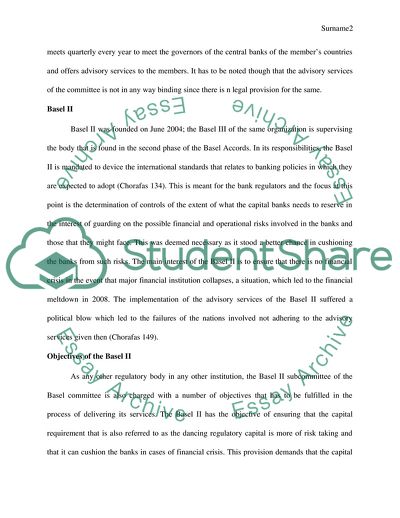Cite this document
(Critically evaluate the effectiveness of the Basel II accord in Essay, n.d.)
Critically evaluate the effectiveness of the Basel II accord in Essay. https://studentshare.org/finance-accounting/1798351-critically-evaluate-the-effectiveness-of-the-basel-ii-accord-in-achieving-the-set-objectives-of-the-basel-committee
Critically evaluate the effectiveness of the Basel II accord in Essay. https://studentshare.org/finance-accounting/1798351-critically-evaluate-the-effectiveness-of-the-basel-ii-accord-in-achieving-the-set-objectives-of-the-basel-committee
(Critically Evaluate the Effectiveness of the Basel II Accord in Essay)
Critically Evaluate the Effectiveness of the Basel II Accord in Essay. https://studentshare.org/finance-accounting/1798351-critically-evaluate-the-effectiveness-of-the-basel-ii-accord-in-achieving-the-set-objectives-of-the-basel-committee.
Critically Evaluate the Effectiveness of the Basel II Accord in Essay. https://studentshare.org/finance-accounting/1798351-critically-evaluate-the-effectiveness-of-the-basel-ii-accord-in-achieving-the-set-objectives-of-the-basel-committee.
“Critically Evaluate the Effectiveness of the Basel II Accord in Essay”. https://studentshare.org/finance-accounting/1798351-critically-evaluate-the-effectiveness-of-the-basel-ii-accord-in-achieving-the-set-objectives-of-the-basel-committee.


